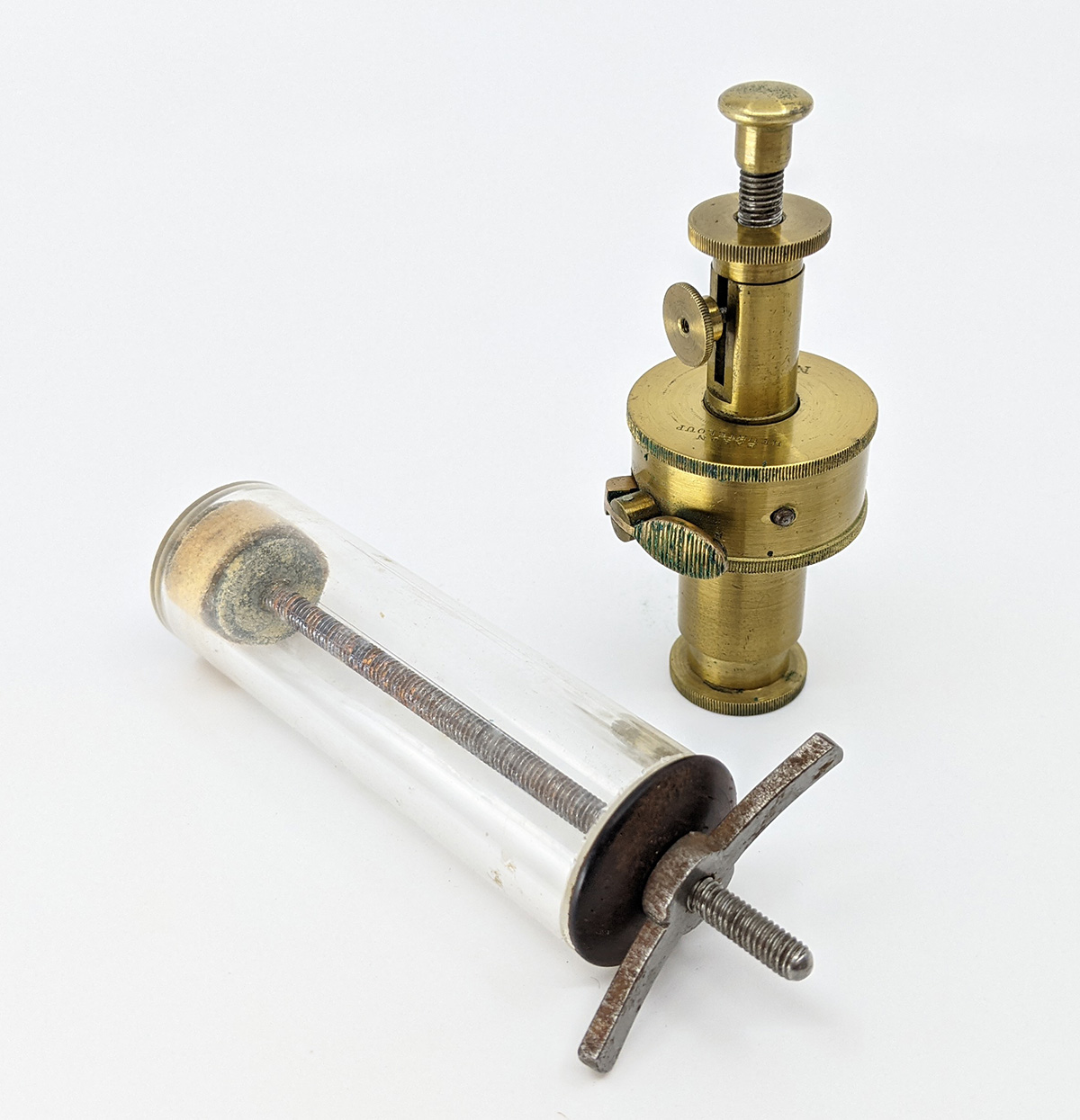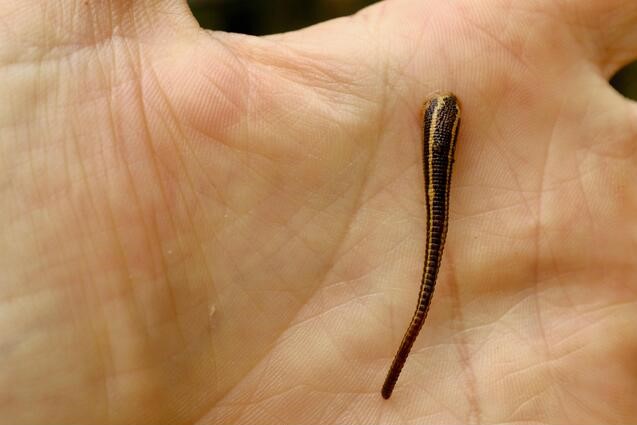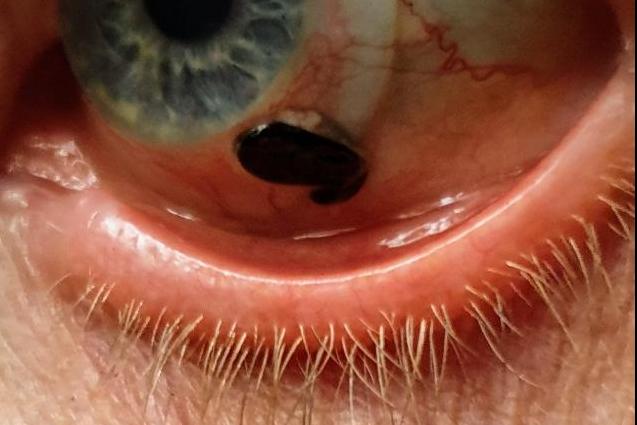Adventures with leeches
Hello and welcome to my first contribution to The Sphygmograph.
The Marks-Hirschfeld Museum has a growing catalogue of objects donated by the good doctors and health professionals of Queensland.
Parts of the collection are on a rotating display at the Herston Medical School and on a Tuesday or a Thursday if you book ahead, you could have a personal tour provided by the Museum Curator Charla Strelan which I think is a wonderful thing to do.

On my tour I was intrigued by a ceramic jar made specifically for leeches. It is a cream jar with a green design. At the time the jar was made the green pigment was most likely derived from copper particles. This jar was made c.1848 in Staffordshire, UK. Staffordshire had a thriving pottery industry since the 12th Century because of the region’s abundant clays.
What was not so abundant as it happened were the leeches. Wordsworth in his poem “Resolution and Independence”, aka “The Leech Gatherer” (1807) noted the waning number of leeches. The British Leech was being captured to extinction and so for a time Britain imported leeches from Australia, that Leech being the British leech’s occidental cousin “Richardsonianus Australis.”


There is a record from 30AD of leeches being used to drain a periorbital haematoma. Hirudin contained in leech saliva has long been known to be an anticoagulant. The chemical structure of this thrombin was not elucidated until the 1950’s by Markwardt.
I came across this interesting fact recently—about 20 years after our jar in the Marks-Hirschfeld Museum was made, British physician Thomas Tanner wrote in “The Practice of Medicine” a list of treatments for obesity, one of which was Leeches applied to the anus. I am sure you will agree this is quite bizarre. More bizarre in my mind is that a quick Google search shows that leeches are still prescribed for obesity.
Do you have any objects of medical interest that the Museum might be interested in? Read details on donating to the Museum.
The Marks-Hirschfeld Museum of Medical History aims to celebrate Queensland’s medical history by telling the stories of its people, events, objects, scandals and triumphs. We welcome all stories with a medical history aspect. Get in touch with us at medmuseum@uq.edu.au.

